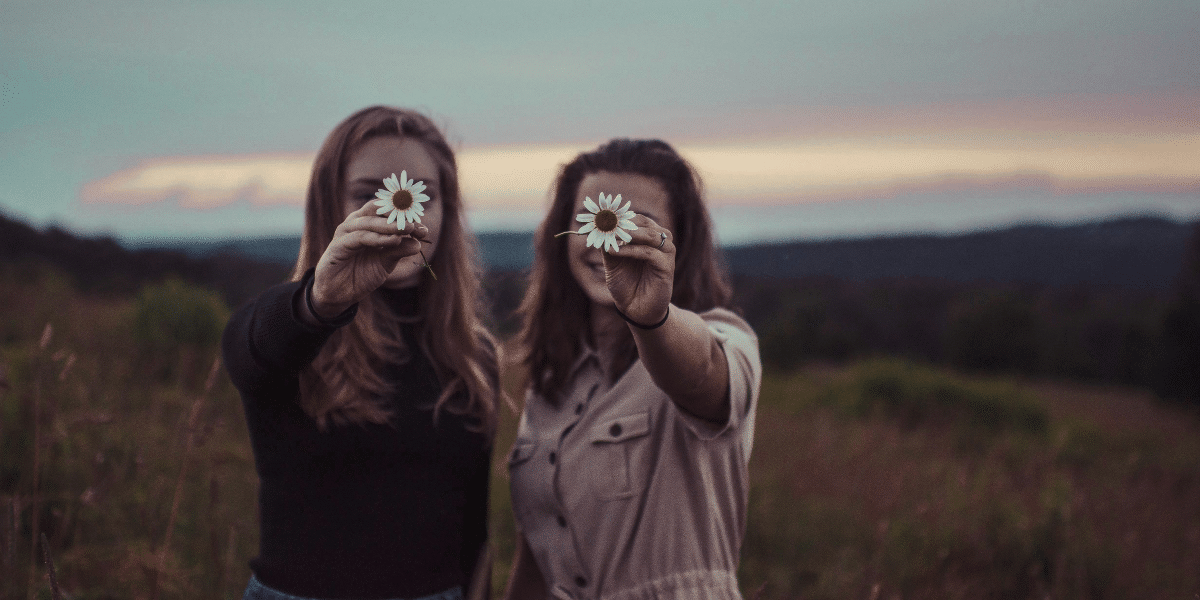While many flowers flaunt their beauty in the light of day, a captivating class of blooms reserves their display for the nocturnal hours. These “night bloomers” offer a unique and enchanting experience, transforming gardens as darkness descends. This article explores the fascinating adaptations night-blooming flowers have developed to attract pollinators under the cloak of night, and the allure of cultivating a moonlight garden.
Adaptations for the Night Shift
Flowers that bloom at night face the challenge of attracting pollinators that are active after the sun sets. To overcome this, they have evolved a range of ingenious adaptations:
-
Color: Many night bloomers are white or pale in color. This increased visibility allows them to stand out against the darkness, catching the limited moonlight or starlight. The moonflower, for instance, unfurls its large, luminous white blossoms as dusk approaches.
-
Fragrance: Scent becomes paramount for nocturnal pollination. Night bloomers often release a heady, sweet fragrance that intensifies after dark. Moths, bats, and other nocturnal creatures can follow these alluring scents to locate the source of nectar deep within the flower.
-
Nectar Guides: Some night-blooming flowers, such as certain species of evening primrose, feature ultraviolet nectar guides. These markings, invisible to the human eye, are detectable by some nocturnal pollinators, helping them zero in on the nectar reward.
Moths are among the most common pollinators of night-blooming flowers. Drawn by the intense fragrance, moths use their long proboscis (tongue-like mouthpart) to access nectar deep within the blooms. Some night bloomers, like the yucca plant, have coevolved in tandem with very specific moth species, forming a highly specialized symbiotic relationship essential for their mutual survival. Other nocturnal pollinators include bats, particularly those that feed on nectar, as well as beetles and various flying insects.
Designing a garden with night-blooming flowers creates an enchanting experience. Imagine silvery blooms shimmering under the moonlight and intoxicating fragrances that permeate the evening air. “A moonlight garden adds a whole new dimension of sensory pleasure after the sun sets,” notes a landscape designer.
When choosing plants for a moonlight garden, consider staggering bloom times to ensure continuous interest throughout the season. Fragrant options are vital, with favorites like night-blooming jasmine, moonflower, night phlox, and certain lilies releasing their heady scents at night. White or pale-colored blooms like those of evening primrose, four o’clocks, and the Dutchman’s pipe vine maximize visibility under low light.
Cultivating a moonlight garden invites you to witness an often-overlooked aspect of the floral world. The unfurling of night-blooming species like moonflower or the dramatic bat-pollinated flowers of agave as darkness falls adds a sense of mystery and anticipation. Taking the time to sit in a fragrant moonlight garden offers a unique opportunity to witness the nocturnal interactions between flowers and the creatures they rely on under the starry expanse.






